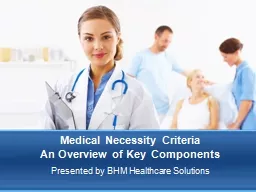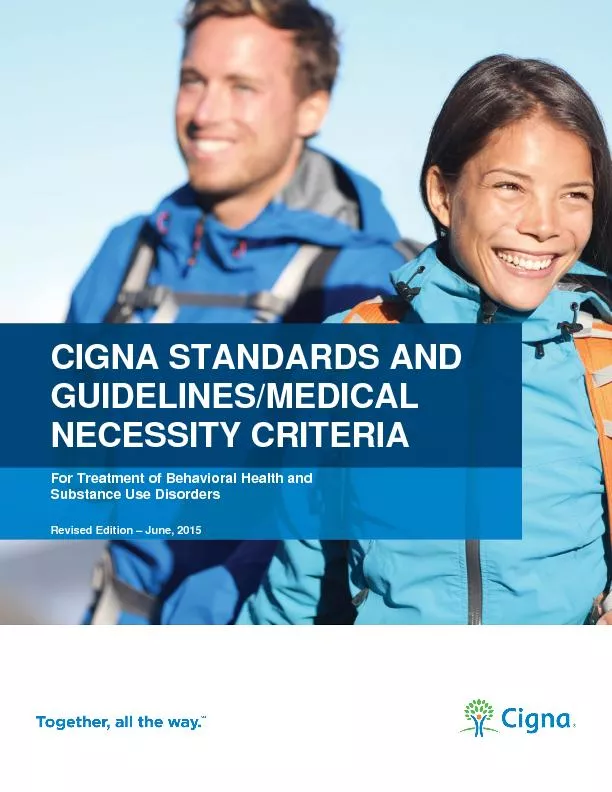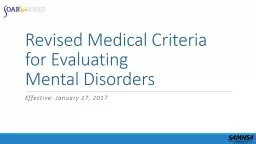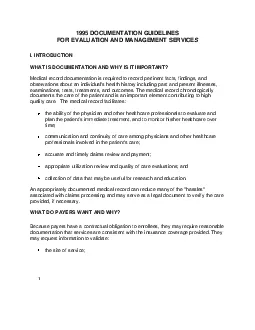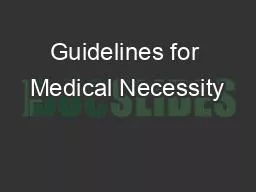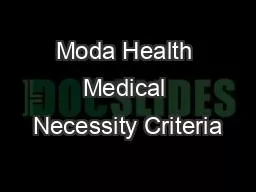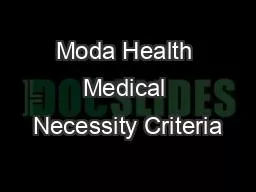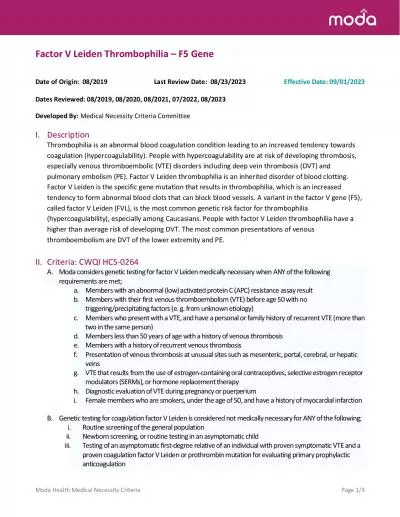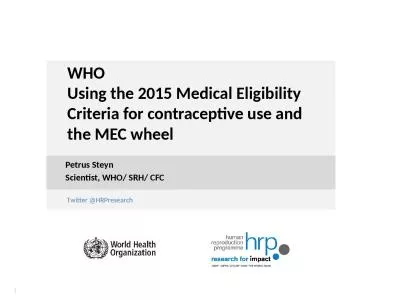PPT-Medical Necessity Criteria
Author : alida-meadow | Published Date : 2018-03-13
An Overview of Key C omponents Presented by BHM Healthcare Solutions Learning Objectives Upon completion of this presentation participants will have a thorough
Presentation Embed Code
Download Presentation
Download Presentation The PPT/PDF document "Medical Necessity Criteria" is the property of its rightful owner. Permission is granted to download and print the materials on this website for personal, non-commercial use only, and to display it on your personal computer provided you do not modify the materials and that you retain all copyright notices contained in the materials. By downloading content from our website, you accept the terms of this agreement.
Medical Necessity Criteria: Transcript
Download Rules Of Document
"Medical Necessity Criteria"The content belongs to its owner. You may download and print it for personal use, without modification, and keep all copyright notices. By downloading, you agree to these terms.
Related Documents

